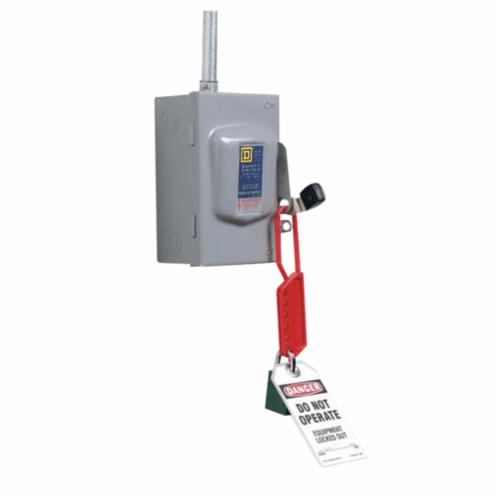

ĬP-6 included an integrated software development system which supported and included a set of language processors: APL, BASIC, COBOL, FORTRAN, RPG, IDP, IDS/II, SORT/MERGE, PL-6, GMAP, and a text formatting program, TEXT. New in CP-6 was the use of communications and terminal interfaces through minicomputer (Honeywell Level 6)-based front-end processors, connected locally, remotely, or in combination through IMP (input manipulation processor). The files could be sorted in indexed, keyed, relative, or consecutive order. Files were equally and compatibly available to programs executing in any mode. Īlso like CP-V, the design was an integrated file management system.

It included multiprogramming and operated on multiple CPUs. Like CP-V, CP-6 had five access modes, which operated concurrently: batch processing, remote batch, timesharing, transaction processing, and real-time processing. During the rewrite existing weaknesses were addressed and many new features added.
#Hasp honeywell code#
The code was completely rewritten in a new high-level language, PL-6, designed and built expressly for that purpose, rather than in assembly language as CP-V had been, because of increasing complexities of the new virtual addressing hardware (such as that in Honeywell’s L66 and DPS 8 line). This project was initiated in 1978, and the machines were sold at the original retail price and delivered beginning in the third quarter of 1979 until 1981.ĬP-6 was modeled on Xerox's CP-V. So, with the help of LADC hardware engineers and using the Xerox specifications, Honeywell engineers in Phoenix built 30 Sigma 9 computers, 24 for Comshare and 6 for other customers. Customers worked with LADC both directly and through the Exchange Users group throughout the specification and development period to review and approve the direction of development, the compromises and order of feature implementation.Ĭomshare, a major Xerox customer, but with their own operating system, needed more capacity to service their rapidly expanding timesharing business. The first beta site was installed at Carleton University in Ottawa Canada in June 1979, and three other sites were installed before the end of 1979. LADC reported administratively to the Honeywell computer group in Phoenix, a facility, which Honeywell had acquired from General Electric. The new operating system was to be called CP-6. Century Blvd in Los Angeles, which became known as the Los Angeles Development Center (LADC). Organized by Hank Hoagland and Shel Klee, the team was housed at an old Xerox marketing office at 5250 W.
#Hasp honeywell plus#
Honeywell employed an initial team of 60 programmers from the Xerox CP-V development team, and added another 30 programmers plus management and staff. The CP-6 system including operating system and program products was developed, beginning in 1976, by Honeywell to attract Xerox CP-V users (about 750 Sigma users) to buy and use Honeywell equipment. In 1970 it had bought the computer business of General Electric. In the early 1960s, Honeywell had built and sold a large number of H200 machines, together with software.

Following that all revenue went to Honeywell. Revenues were shared 60/40 Xerox until CP-6 General Release, and 60/40 Honeywell for three years thereafter. Xerox made available all the spare equipment and supplies and the warehouses containing them. In a deal put together by Harry Sweatt, Honeywell purchased Xerox Data Systems, and took on the Xerox sales and field computer support staff to provide field service support to the existing customer base.

In 1975, Xerox decided to sell the computer business which it had purchased from Scientific Data Systems in 1969.


 0 kommentar(er)
0 kommentar(er)
